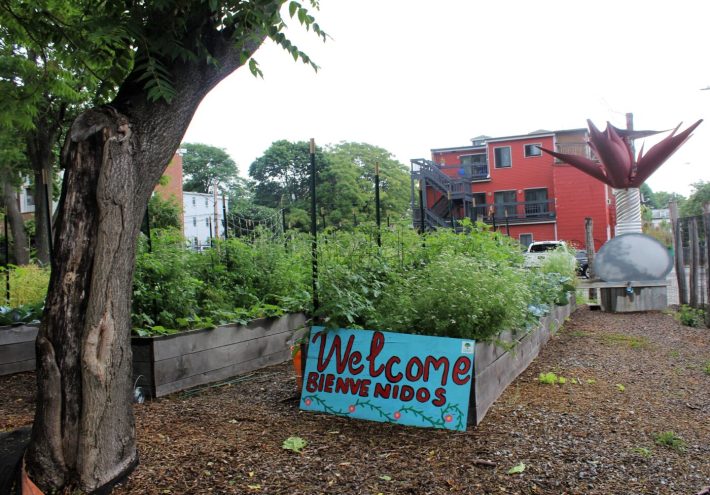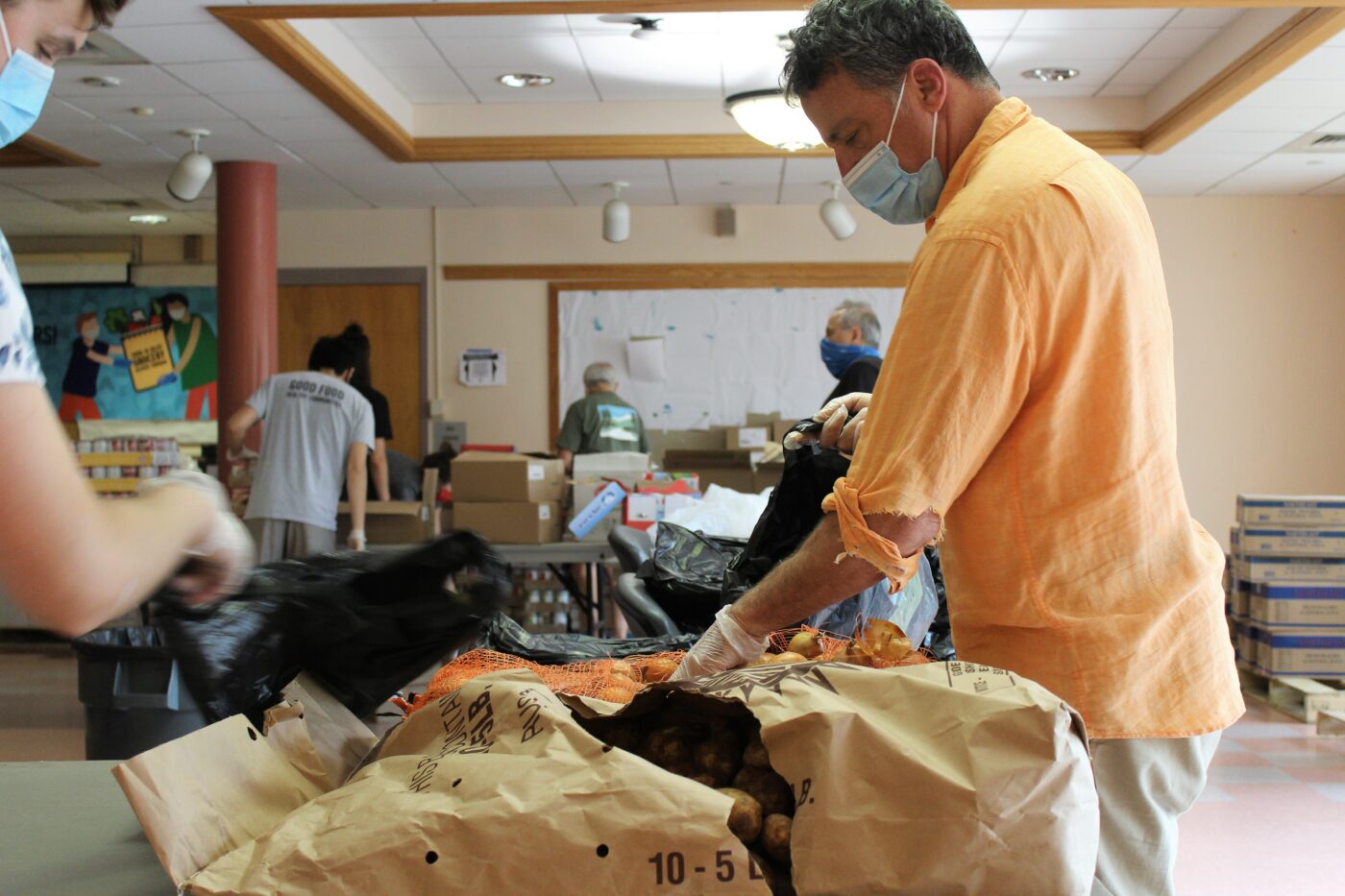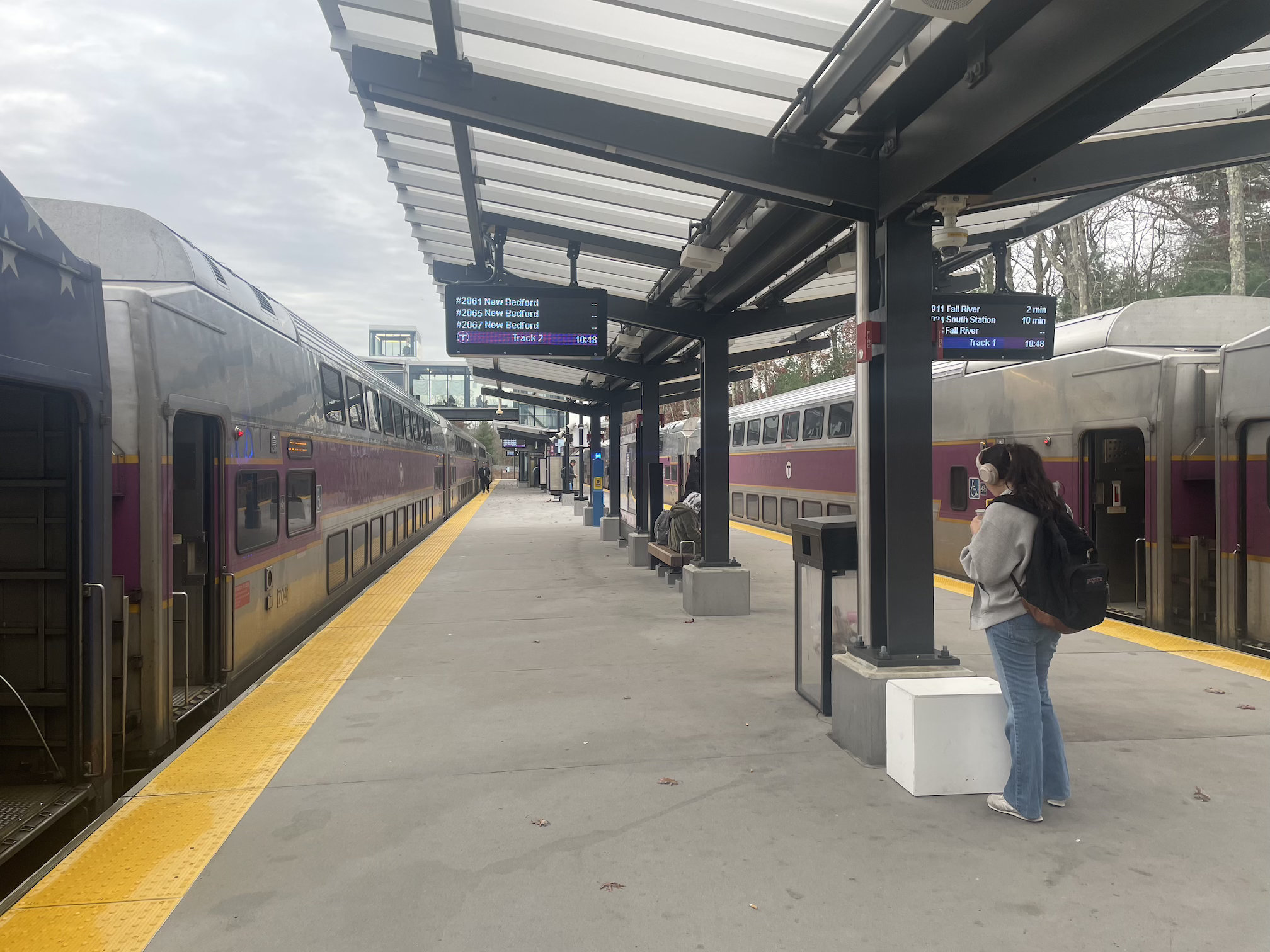In Mid-March, community members had just planted beets and peas in GreenRoots Chelsea’s 1200-square-foot urban farm. Then the pandemic hit, and social distancing made collective farming impossible.
For GreenRoots, a community-based organization striving to achieve environmental justice, the growing season had just begun. The organization immediately adapted to the increasing demands for food and shifted its distribution program to prioritize residents’ health.
During its peak, Chelsea’s COVID-19 infection rate was six times that of Massachusetts as a whole, and double Boston’s. As of July 15th, Chelsea continues to have one of the highest rates of positive tests in the Commonwealth.
“Communities like Chelsea wouldn’t have been so vulnerable had we not had structural injustices in place, like compromised public health, poorer air quality, and industrial impacts,” said Rosann Bongiovanni, the executive director of GreenRoots. “As we look at environmental justice, we need to even the playing field.”
A 2017 analysis from the Massachusetts Public Health Association found that 40% of Massachusetts is considered a food desert, and named Chelsea as the most impacted city in the Commonwealth.
With only 1.8 square miles of land area, Chelsea is the smallest city in the state, and with nearly 45,000 residents, it is one of the most dense. Furthermore, 80% of Chelsea’s workforce is considered essential—as Boston shut down, Chelsea residents continued to commute in and outside the community.
The city’s two supermarkets, a Market Basket and a Stop & Shop, are both located in an industrial district on the western edge of the city, relatively isolated from the city’s dense residential neighborhoods. Their accessibility challenges are a succinct illustration of how current food distribution systems privilege car owners: in a city where 30 percent of households don’t own a car, these two supermarkets are surrounded by huge parking lots and threatening multi-lane roadways with hardly any shade for pedestrians or bus riders.
The community farm has been a part of GreenRoots efforts to address food insecurity. Community members could tend their own plots or garden collectively, harvesting culturally significant foods for themselves and neighbors.
But when the pandemic hit in early March, community farming was no longer a safe option. Leilani Mroczkowski, a food justice organizer for GreenRoots, tended the gardens with their roommates to ensure a productive growing season. Currently the farm is fully planted, and community members have started coming back to the garden with proper personal protective equipment to tend their plots in small groups or family units.

Produce from the farm and additional donations are distributed to the most vulnerable households by local pantries through home drop-off programs, averaging 15 households a day. Many residents are commuters and don’t own a vehicle, and additional pick-up locations had to be set up within walking distance. The farm continues to harvest and pack produce weekly for Revival Chelsea, a local church that is distributing 100 produce boxes each week for Chelsea residents.
Across the Tobin Bridge, Food for Free, a Cambridge-based nonprofit focusing on food rescue and creating more efficient food distribution, faced similar distribution challenges. Before COVID-19, Food for Free relied on five trucks making daily runs to grocery stores to pick up foods that would otherwise have gone to waste. The food would then be delivered to local agencies. People ate on site at some distribution locations while others picked up their own groceries.
As Food for Free considered the safest food distribution methods under COVID, they decided to build on their home delivery program, which previously served 300 households a month. “If you’re food insecure, there’s a good chance you have other underlying health problems as well and are more vulnerable to COVID-19,” said Ryan Lee, the operations director for Food for Free, “We wanted to keep people in the house as much as possible.”
By the end of April, the expanded home delivery program served 1,900 households alone in Cambridge and 900 in Somerville. To keep up with increasing demand, Food for Free relied heavily on volunteers to pack bags and deliver to up to 300 families per day. Volunteers used their own vehicles, which enabled them to minimize contact and distribute more food effectively.
In May, the Baker administration announced that it is investing $56 million to combat food insecurity in the Commonwealth, with attention to transporting local food across the state to food pantries. The grant program also seeks to strengthen home food deliveries and prepare an emergency food response.
Lee is supportive of bringing more local food to cities, but points out that the program relies on trucks. “Where are those going to come from?” says Lee, “And how do we make it fast?” During the peak of COVID, the roads were empty, which made transport easier and more effective. But as people return to work and normal life, the roads are filling again. Lee emphasizes the need for better public transport and walkable cities to get food into homes more efficiently.
Similarly, Mroczkowski of GreenRoots points out that a lot of food pantries don’t have their own distribution programs. It is the responsibility of the organization to get the food from the pantry and deliver it to people. Volunteers made this possible for both GreenRoots and Food for Free, but they caution against relying on volunteers long-term.
While COVID infection rates are decreasing overall in Massachusetts and the state is beginning to reopen, vulnerable populations continue to experience economic repercussions from COVID-19 alongside food insecurity and additional challenges. The state rent moratorium is set to expire August 18th, and both Bongiovanni and Mroczkowski say when people have to choose between paying rent or buying food, rent will win out.
There is an abundance of produce available in the summertime from GreenRoots’ gardens, but as winter comes and the produce wanes, Bongiovanni expresses concern that more people will be dependent on food distribution services.
“I feel disappointed, but not surprised, it took a pandemic to show how much families are impacted by food insecurity,” says Bongiovanni, who hopes the state grant program will address these disparities long-term. “When life really returns to normal, will people forget about the food insecurity concerns in communities like Chelsea?”
Olivia Box is a freelance environmental writer based in Eastern Massachusetts. You can follow her work at @oliviafaybox.






